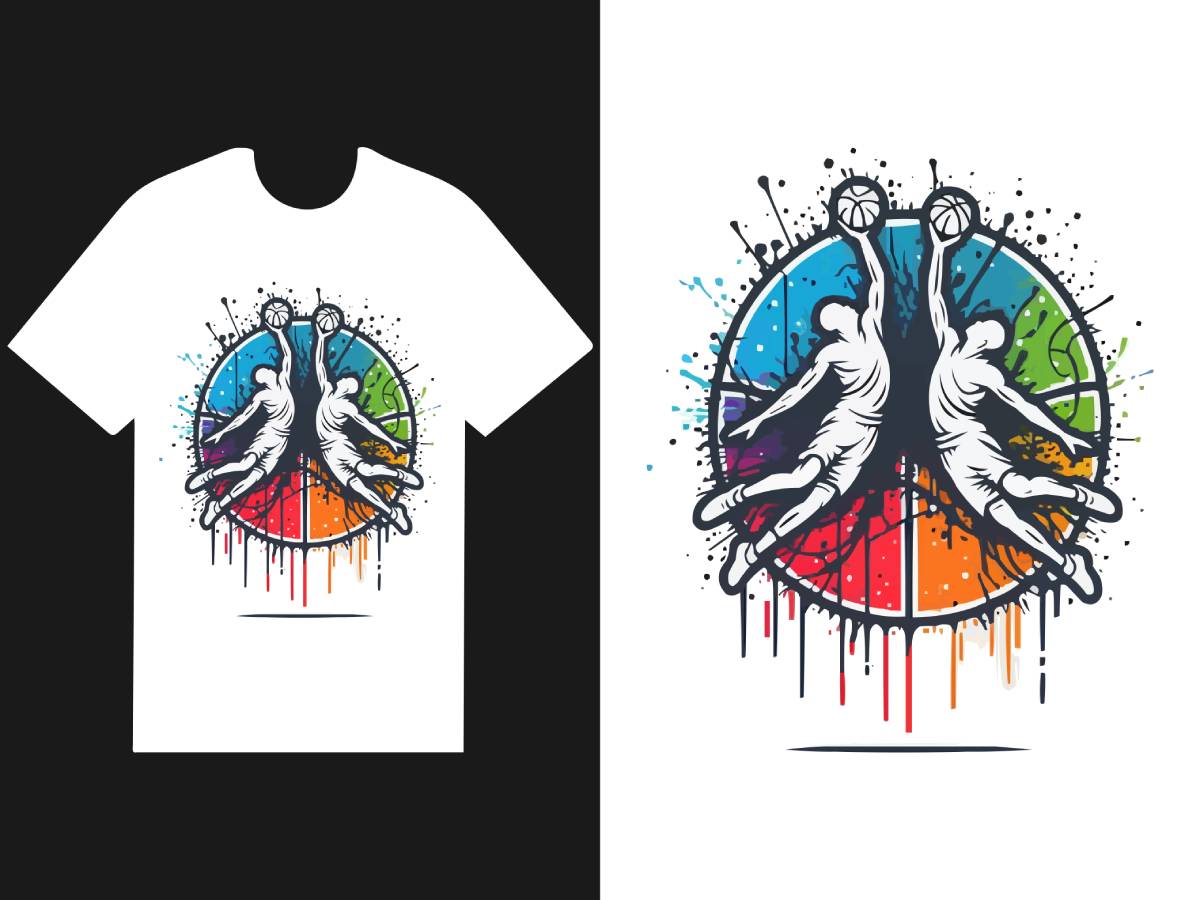
DTF Transfers: The Future of Fabric Printing
Why DTF Transfers Are Revolutionizing Fabric Printing
The printing industry has undergone significant advancements, and DTF transfers are leading the way. Unlike traditional methods, DTF transfer technology offers high-resolution, durable prints on a variety of fabrics. This innovation is changing how businesses approach textile customization and mass production.
The Versatility of DTF Transfers on Different Fabrics
One of the most significant advantages of DTF transfers is their compatibility with various fabric types. Whether applied to cotton, polyester, or blended materials, DTF transfer prints maintain their vibrancy and durability. This adaptability allows for more creative freedom in the apparel and textile industry.
Cost-Effectiveness of DTF Transfers
Compared to other printing techniques, DTF transfers provide a more budget-friendly solution for businesses. The ability to print full-color designs without extensive setup costs makes DTF transfer technology ideal for both small and large-scale production. Reduced material waste further enhances its economic benefits.
Durability and Longevity of DTF Transfers
When it comes to long-lasting prints, DTF transfers outperform many traditional methods. These prints resist fading, cracking, and peeling even after multiple washes. The high durability of DTF transfer designs ensures that garments and textiles maintain their quality for extended periods.
Eco-Friendly Benefits of DTF Transfers
With sustainability being a growing concern in the textile industry, DTF transfers offer an eco-friendly printing alternative. The process produces minimal waste and uses water-based inks, making DTF transfer technology a greener option for fabric printing.
The Future Potential of DTF Transfers
As technology continues to advance, the potential for DTF transfers is expanding. The ability to create detailed, multi-color designs quickly and affordably makes DTF transfer technology a game-changer. The future of fabric printing is undoubtedly being shaped by the growing adoption of this method.
Conclusion
The rise of DTF transfers marks a new era in fabric printing. With benefits like versatility, cost-effectiveness, durability, and sustainability, DTF transfer technology is becoming the preferred choice for many businesses. As the industry evolves, this innovative method will continue to shape the future of textile customization.
Frequently Asked Questions
-
What makes DTF transfers different from other printing methods?
- DTF transfers allow for high-resolution, full-color prints without the need for complex setup.
-
Are DTF transfers more durable than traditional prints?
- Yes, DTF transfers bond deeply with the fabric, making them resistant to washing, stretching, and fading.
-
Can DTF transfers be applied to any fabric?
- Yes, DTF transfers work on cotton, polyester, and blended fabrics, making them highly versatile.
-
Are DTF transfers cost-effective for small businesses?
- Yes, DTF transfers require minimal setup and are cost-efficient for both small and large-scale apparel production.
-
Do DTF transfers fade over time?
- With proper care, DTF transfers maintain their color and vibrancy for an extended period.
-
What is the best way to wash garments with DTF transfers?
- Wash in cold water with mild detergent and avoid high heat drying to maintain print quality.
-
How do DTF transfers support eco-friendly fashion?
- DTF transfers produce minimal waste and use water-based inks, making them a more sustainable printing option.
-
Can DTF transfers be used for complex designs?
- Yes, DTF transfers support intricate graphics, full-color gradients, and high-resolution images.
-
How do I ensure a successful DTF transfer application?
- Using high-quality materials, optimizing printer settings, and applying even heat and pressure will improve results.
-
Are DTF transfers replacing traditional screen printing?
- DTF transfers are becoming a popular alternative to screen printing due to their efficiency and design flexibility.